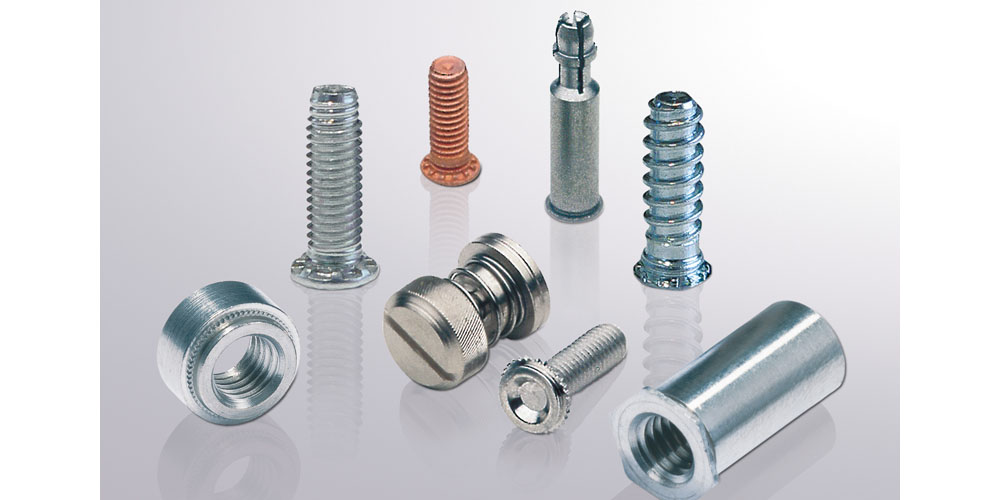Cold forging in China is still being used to transition to different industries. The medical sector of manufacturing processes is growing exponentially. The introduction of various innovative devices, such as diagnostic tools and surgical instruments, has recently driven medical industries to an advanced state. That move plays an essential role in keeping up with the ongoing changes in the sector. As shared by www.coldforgingchina.com, cold forging is still being used to
The rise in demand for precision
Over and above, the demand for precise and small devices has prompted manufacturers of medical tools to develop new devices. These tools have incredible details to enhance patient safety. To make sure that there is maximum precision in the end, medical manufacturers have been employing a highly controlled production method, which is cold forging.
Machining processes
Even though machining may be ideal for larger volumes of devices, it is also a wasteful process. Therefore, the forging process is always more desirable by most manufacturers. Here are additional reasons why the healthcare fraternity more prefers cold forging:
Cold forming involves the process of creating a metal shape slightly above the average room temperature. Usually, pressure is applied for this to be achieved. Also known as cold forming, cold forging is now used to manufacture tools in the healthcare sector.
Maybe when you think of forging, you assume that it demands intense heat. That way, it will be easy for the metal to melt. But this method is not a requirement for all metal shaping applications. This is because it may end up reducing the strength of the metal.
The cold forming processes
The cold-forming process used to manufacture medical equipment can get categorized into several phases, but they all lead to one road- achieving excellent results.
Biocompatible metal alloys come in strips and wires. These materials undergo various cold forming processes. The wire is used to manufacture these tools. Regardless of their form, the blanks will be measured to help ensure that the recommended size of volumes is achieved during the manufacturing processes.
If a massive chunk of material is used, the die will crack up open. If the material used is too little, then the part will not fill every segment of the die. Blanks should, therefore, be measured before molding continues. That way, the right size of metal material for forging will be determined for use.
How it works
- A slug is cut. It is then measured to match the volume of the product intended to be produced.
- The slug is put in a die.
- A mechanical press is used to punch the material.
- The professionals should repeat these processes to ensure that the slug’s volume fills the die fully.
- The same can be repeated to elicit various effects with excellent results.
Final Thoughts
Customers must learn more about these processes, the benefits, and what cold forging can do for the healthcare sector. If the company wants to produce medical devices with metals, it should learn how cold forming can benefit the project.
